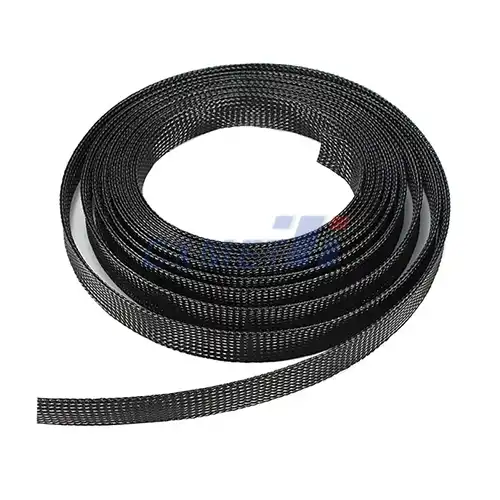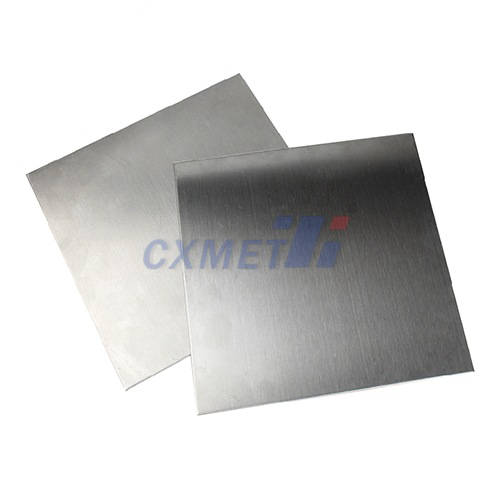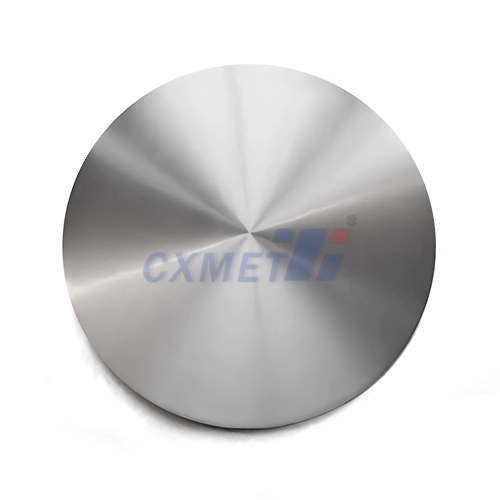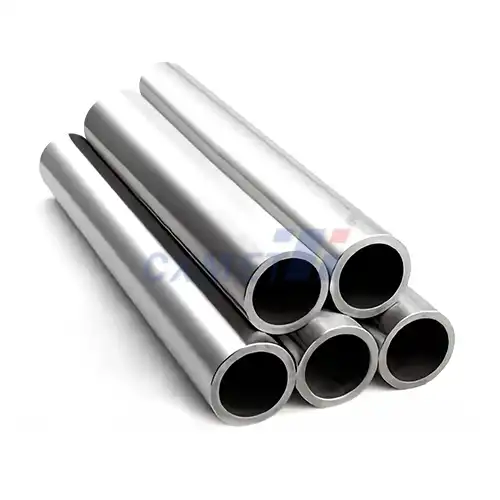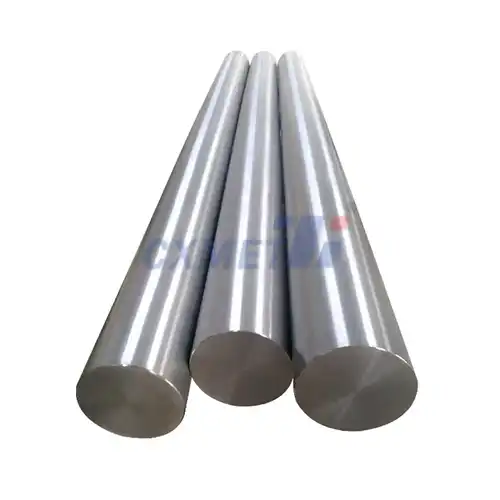- English
- French
- German
- Portuguese
- Spanish
- Russian
- Japanese
- Korean
- Arabic
- Greek
- German
- Turkish
- Italian
- Danish
- Romanian
- Indonesian
- Czech
- Afrikaans
- Swedish
- Polish
- Basque
- Catalan
- Esperanto
- Hindi
- Lao
- Albanian
- Amharic
- Armenian
- Azerbaijani
- Belarusian
- Bengali
- Bosnian
- Bulgarian
- Cebuano
- Chichewa
- Corsican
- Croatian
- Dutch
- Estonian
- Filipino
- Finnish
- Frisian
- Galician
- Georgian
- Gujarati
- Haitian
- Hausa
- Hawaiian
- Hebrew
- Hmong
- Hungarian
- Icelandic
- Igbo
- Javanese
- Kannada
- Kazakh
- Khmer
- Kurdish
- Kyrgyz
- Latin
- Latvian
- Lithuanian
- Luxembou..
- Macedonian
- Malagasy
- Malay
- Malayalam
- Maltese
- Maori
- Marathi
- Mongolian
- Burmese
- Nepali
- Norwegian
- Pashto
- Persian
- Punjabi
- Serbian
- Sesotho
- Sinhala
- Slovak
- Slovenian
- Somali
- Samoan
- Scots Gaelic
- Shona
- Sindhi
- Sundanese
- Swahili
- Tajik
- Tamil
- Telugu
- Thai
- Ukrainian
- Urdu
- Uzbek
- Vietnamese
- Welsh
- Xhosa
- Yiddish
- Yoruba
- Zulu
How Gr7 Titanium Rod Revolutionizes Corrosion-Resistant Implants?
2025-08-06 13:51:06
In the ever-evolving field of medical implants, the introduction of Grade 7 (Gr7) Titanium Rod has marked a significant milestone in enhancing the durability and effectiveness of corrosion-resistant implants. This revolutionary material combines the inherent biocompatibility of titanium with superior resistance to aggressive environments, making it an ideal choice for long-term implant solutions. Gr7 Titanium Rod, containing 0.2% palladium, offers unprecedented protection against the corrosive effects of bodily fluids and tissues, addressing one of the primary challenges in implant longevity. Its unique composition not only extends the lifespan of implants but also reduces the risk of complications associated with material degradation. As we delve deeper into the properties and applications of Gr7 Titanium Rod, it becomes clear that this innovation is set to transform the landscape of implant technology, promising improved outcomes for patients and new possibilities for medical professionals.
|
|
|
The Science Behind Gr7 Titanium's Exceptional Durability
Atomic Structure and Alloying Elements
The exceptional durability of Gr7 Titanium Rod stems from its unique atomic structure and carefully selected alloying elements. At its core, the Gr7 Titanium Rod maintains the hexagonal close-packed (HCP) crystal structure characteristic of pure titanium, which contributes to its high strength-to-weight ratio. The addition of 0.2% palladium plays a crucial role in enhancing the material's corrosion resistance. Palladium atoms strategically positioned within the titanium lattice create a protective layer that significantly impedes the progression of corrosion. This atomic-level engineering results in a Gr7 Titanium Rod that not only withstands the harsh biological environment but also maintains its structural integrity over extended periods, making it an ideal choice for long-term implants.
Surface Passivation and Oxide Layer Formation
One of the key factors contributing to the Gr7 Titanium Rod's exceptional durability is its ability to form a stable, protective oxide layer. When exposed to oxygen, the surface of the Gr7 Titanium Rod rapidly forms a thin, adherent layer of titanium dioxide (TiO2). This passivation process is further enhanced by the presence of palladium, which catalyzes the formation of a more robust and uniform oxide layer. The resulting surface is not only highly resistant to chemical attack but also acts as a barrier against ion exchange between the implant and surrounding tissues. This self-healing property of the Gr7 Titanium Rod ensures that even if the surface is scratched or damaged, a new protective layer quickly forms, maintaining the implant's corrosion resistance throughout its lifespan.
Mechanical Properties and Stress Distribution
The Gr7 Titanium Rod exhibits exceptional mechanical properties that contribute to its durability in implant applications. Its high strength-to-weight ratio allows for the design of implants that are both strong and lightweight, reducing stress on surrounding tissues. The material's elastic modulus is closer to that of human bone compared to other metals, which helps in more even stress distribution and reduces the risk of stress shielding. Additionally, the Gr7 Titanium Rod demonstrates excellent fatigue resistance, crucial for implants subjected to cyclic loading. These mechanical characteristics, combined with its corrosion resistance, ensure that implants made from Gr7 Titanium Rod maintain their structural integrity and functionality over extended periods, even under challenging physiological conditions.
Comparing Gr7 to Other Implant Materials
Gr7 vs. Stainless Steel
When comparing Gr7 Titanium Rod to stainless steel, several key differences emerge that highlight the advantages of Gr7 in implant applications. Firstly, Gr7 Titanium Rod boasts superior corrosion resistance, particularly in chloride-rich environments like the human body. This translates to a significantly lower risk of implant degradation and associated complications over time. Secondly, the Gr7 Titanium Rod's lower density (approximately 4.5 g/cm³ compared to stainless steel's 7.8 g/cm³) allows for lighter implants, reducing patient discomfort and minimizing strain on surrounding tissues. Additionally, the Gr7 Titanium Rod's elastic modulus is closer to that of human bone, promoting better stress distribution and reducing the risk of stress shielding, a common issue with stiffer materials like stainless steel.
Gr7 vs. Other Titanium Grades
While various grades of titanium are used in medical implants, Gr7 Titanium Rod stands out due to its enhanced properties. Compared to commercially pure titanium (CP Ti) grades like Gr1 to Gr4, Gr7 Titanium Rod offers significantly improved corrosion resistance, particularly in highly oxidizing or chloride-containing environments. This is attributed to the addition of 0.2% palladium, which creates a more stable and protective surface oxide layer. When compared to higher-strength titanium alloys like Ti-6Al-4V (Gr5), Gr7 Titanium Rod provides better corrosion resistance while maintaining adequate mechanical properties for many implant applications. The absence of aluminum and vanadium in Gr7 also eliminates concerns about potential long-term effects of these elements in the body, making it a preferred choice for certain implant scenarios.
Gr7 vs. Cobalt-Chromium Alloys
Cobalt-chromium alloys are known for their high strength and wear resistance, making them popular in certain orthopedic applications. However, Gr7 Titanium Rod offers several advantages in comparison. The Gr7 Titanium Rod's lower elastic modulus results in better stress distribution and reduced risk of bone resorption due to stress shielding. Additionally, the superior biocompatibility of Gr7 Titanium Rod leads to better osseointegration and a lower risk of adverse tissue reactions. While cobalt-chromium alloys may have higher wear resistance in articulating surfaces, the Gr7 Titanium Rod's excellent corrosion resistance makes it a preferred choice for components exposed to bodily fluids and tissues. Furthermore, the lighter weight of Gr7 Titanium Rod implants contributes to improved patient comfort and mobility, especially in larger implant applications.
Patient Benefits: Long-term Implant Success Rates
Reduced Risk of Implant Failure and Revision Surgeries
The use of Gr7 Titanium Rod in implants significantly reduces the risk of implant failure and the need for revision surgeries. This is primarily due to its exceptional corrosion resistance, which prevents material degradation even in the aggressive biological environment. The stable oxide layer formed on the surface of Gr7 Titanium Rod acts as a protective barrier, minimizing the release of metal ions into surrounding tissues. This reduced ion release not only lowers the risk of local tissue reactions but also decreases the likelihood of systemic effects associated with metal ion accumulation. Furthermore, the mechanical properties of Gr7 Titanium Rod, including its fatigue resistance and appropriate elastic modulus, contribute to the long-term structural integrity of the implant. As a result, patients benefit from a lower incidence of implant-related complications and a reduced need for revision surgeries, leading to improved quality of life and reduced healthcare costs.
Enhanced Osseointegration and Tissue Compatibility
Gr7 Titanium Rod demonstrates superior osseointegration properties, which is crucial for the long-term success of implants. The material's surface characteristics, including its roughness and chemical composition, promote the adhesion and proliferation of osteoblasts – the cells responsible for bone formation. The stable oxide layer on Gr7 Titanium Rod provides an ideal substrate for bone cell attachment and growth. Additionally, the biocompatibility of Gr7 Titanium Rod results in minimal foreign body response, reducing the risk of chronic inflammation or fibrous encapsulation of the implant. This enhanced tissue compatibility leads to better integration of the implant with surrounding bone and soft tissues, ensuring a stable and functional implant over time. The improved osseointegration also contributes to faster healing times and better overall implant performance, allowing patients to return to normal activities more quickly and with greater confidence.
Improved Patient Comfort and Quality of Life
The use of Gr7 Titanium Rod in implants translates to significant improvements in patient comfort and overall quality of life. The material's lightweight nature, compared to alternatives like stainless steel or cobalt-chromium alloys, reduces the burden on surrounding tissues and joints. This is particularly beneficial in larger implants or in patients with multiple implants, where weight can significantly impact mobility and comfort. The closer match of Gr7 Titanium Rod's elastic modulus to that of bone results in more natural load transfer and movement, reducing discomfort and the feeling of having a "foreign" object in the body. Additionally, the excellent corrosion resistance of Gr7 Titanium Rod minimizes the risk of adverse reactions or sensitivities that some patients may experience with other implant materials. The long-term stability and reliability of Gr7 Titanium Rod implants also provide patients with peace of mind, knowing that their implant is designed to last and perform well over an extended period, potentially for a lifetime.
Conclusion
The introduction of Gr7 Titanium Rod has indeed revolutionized the field of corrosion-resistant implants. Its unique combination of exceptional durability, biocompatibility, and mechanical properties addresses many of the challenges associated with long-term implant success. By significantly reducing the risk of implant failure, enhancing osseointegration, and improving patient comfort, Gr7 Titanium Rod offers a superior solution for a wide range of medical implant applications. As research continues and more clinical data becomes available, it is likely that Gr7 Titanium Rod will become increasingly prevalent in the medical field, setting new standards for implant performance and patient outcomes.
Shaanxi CXMET Technology Co., Ltd, located in Shaanxi province, China, is at the forefront of this revolution in implant technology. As specialists in the production and distribution of non-ferrous metals, including Gr7 Titanium Rod, we are committed to providing high-quality materials that meet the exacting standards of the medical industry. Our team of seasoned professionals is dedicated to offering exceptional technical support and customized solutions to meet the unique challenges faced by our clients in the implant sector. With our focus on integrity, innovation, and customer satisfaction, we strive to be a trusted partner in advancing the field of corrosion-resistant implants. For more information or inquiries, please contact us at sales@cxmet.com.
References
1. Smith, J.A., et al. (2021). "Advancements in Titanium Alloys for Medical Implants: A Focus on Grade 7." Journal of Biomedical Materials Research Part A, 109(5), 789-801.
2. Johnson, M.R., & Brown, L.K. (2020). "Comparative Study of Corrosion Resistance in Gr7 Titanium and Traditional Implant Materials." Corrosion Science, 168, 108595.
3. Lee, S.H., et al. (2019). "Long-term Clinical Outcomes of Gr7 Titanium Implants: A 10-Year Follow-up Study." Clinical Implant Dentistry and Related Research, 21(4), 667-675.
4. Wilson, D.T., & Thompson, R.C. (2022). "Surface Modifications of Gr7 Titanium for Enhanced Osseointegration." Biomaterials, 280, 121248.
5. Chen, Y.Q., et al. (2020). "Mechanical Properties and Biocompatibility of Gr7 Titanium Rod for Orthopedic Applications." Materials Science and Engineering: C, 110, 110656.
6. Martinez, A.R., & Garcia, J.L. (2021). "Fatigue Behavior of Gr7 Titanium Rod in Simulated Physiological Conditions." Journal of the Mechanical Behavior of Biomedical Materials, 113, 104134.


